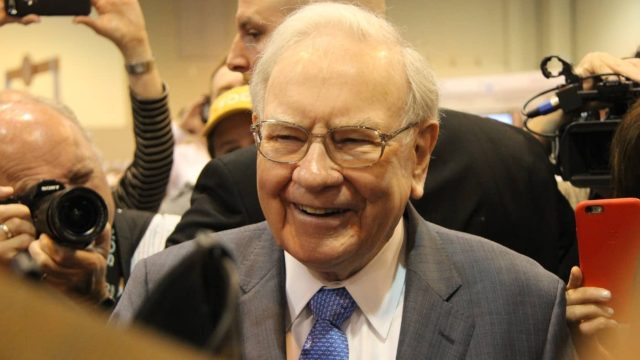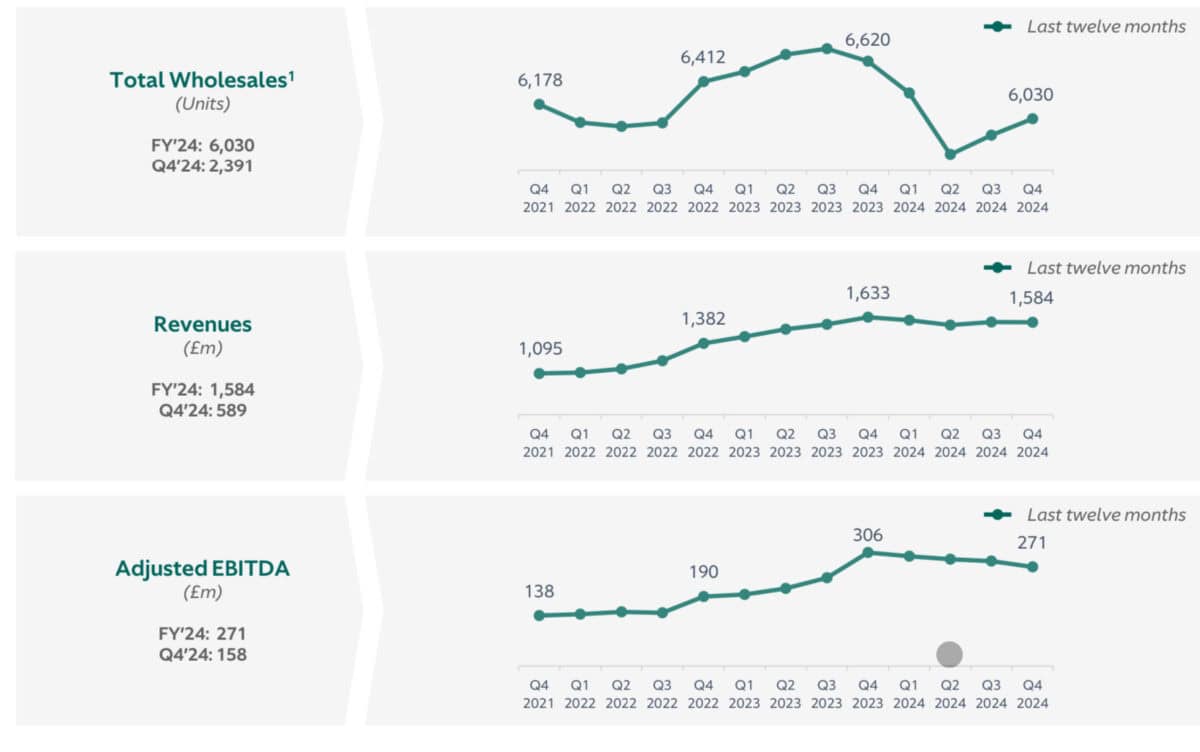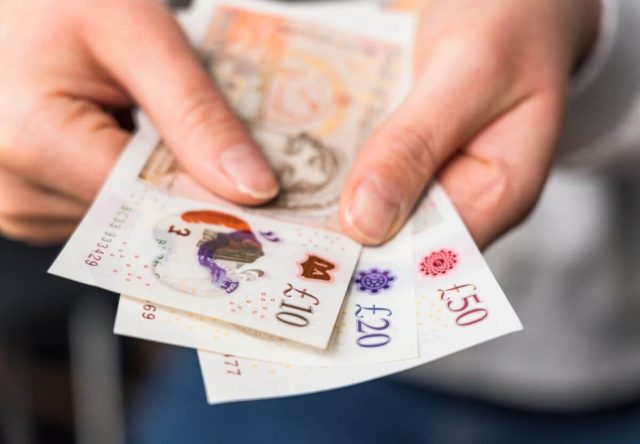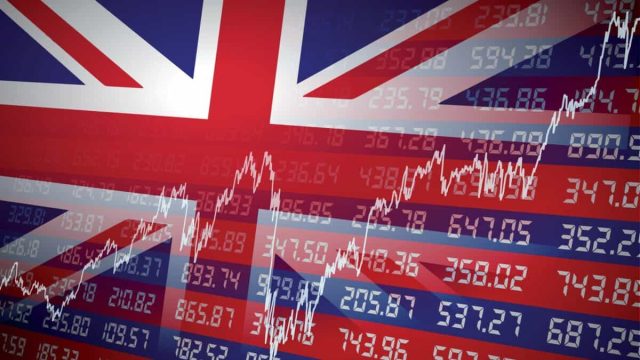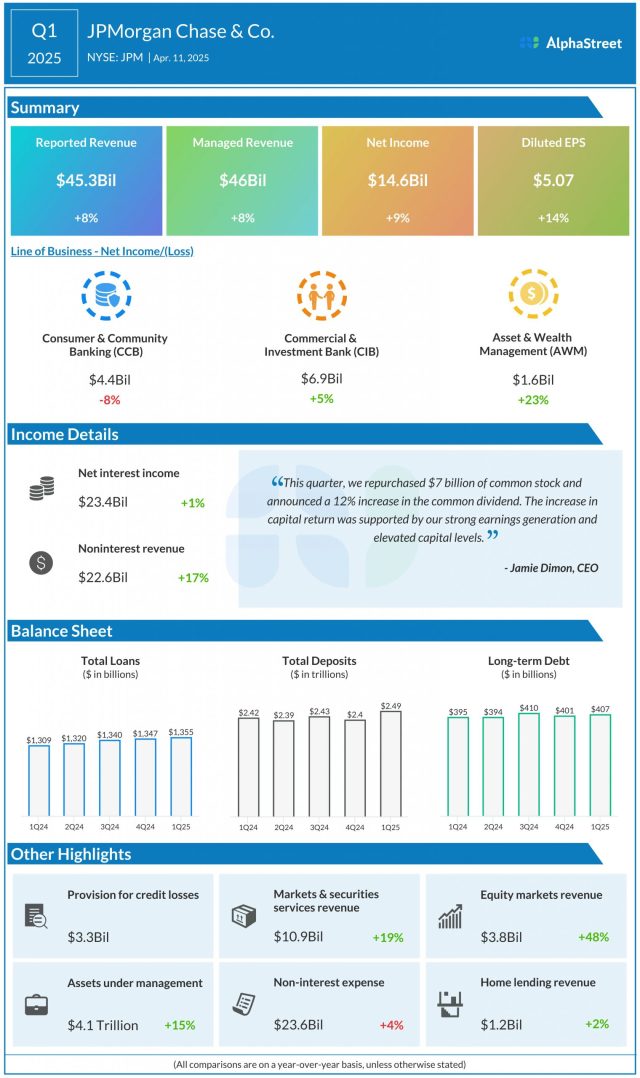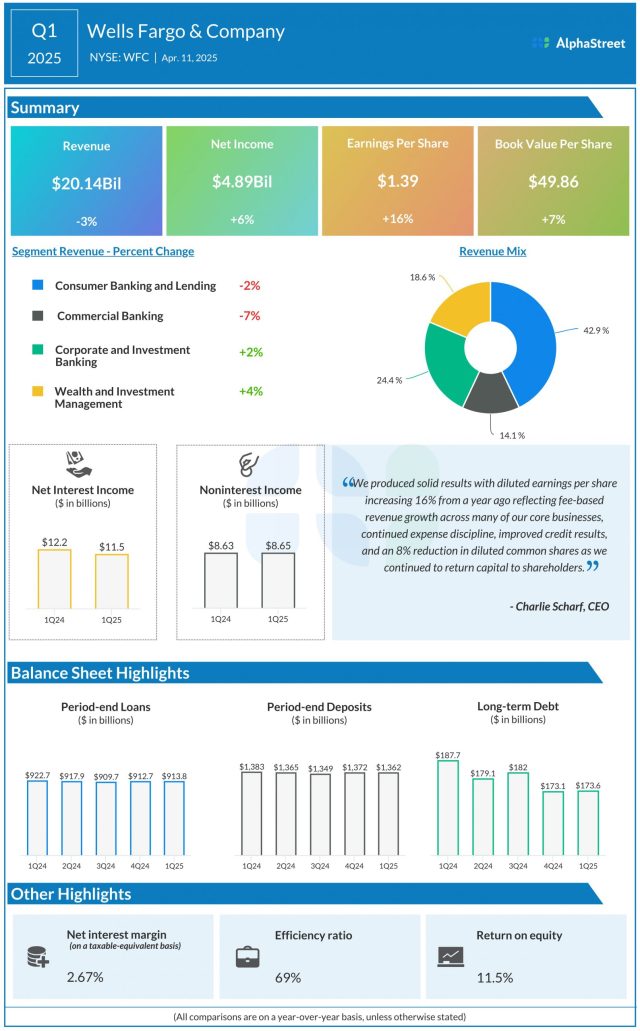I’m taking Warren Buffett’s advice for handling volatile stock markets
Image source: The Motley Fool
It has been an odd and unnerving week in the stock market. While some investors may be experiencing such turbulence for the first time, one who is not is billionaire Warren Buffett.
Buffett has experienced multiple dramatic stock market swings over decades – and used them to his advantage.
As the stock market has swung around this week, I have been bearing in mind some of Buffett’s advice about such moments – one piece in particular.
Imagine the market knocking at your door daily
Buffett got the idea from his teacher Ben Graham and it is one I think is simple, but powerful.
He talked about a person called Mr Market. Nowadays we might also say Ms Market, but here I’ll just refer to him/her as ‘The Market’.
Each day (or at least each day the stock exchange is open), it offers to buy shares from you at a certain price – or sell you the same share at a similar price.
As an investor, you can buy, sell, or do nothing. Year after year, decade after decade, you have the same option.
Here’s why this idea is so powerful
That may sound like a pretty obvious insight. In fact, I do not think so.
Consider the property market, for example. In a tough market, you may list a property for months or years without finding a buyer.
In the art market, you may want to buy a painting. But there is only one and, no matter what you offer, its owner is unwilling to sell.
By contrast, the stock market allows you to buy, sell or simply sit out the storm, as you choose.
So, just because shares tumble in price does not mean an investor needs to do anything when The Market offers a price for selling or buying.
Instead, if they think the investment case is unchanged, they can simply sit back, ignore the market noise and take a long-term view. It is no coincidence that Warren Buffett has described his ideal holding time as “forever”.
Bargain hunting, when it suits you
Equally, an investor can go shopping for bargains when The Market offers a share at a much lower price than before.
This week, I did exactly that and took the opportunity of a sharp fall in price to add to my holding in Filtronic (LSE: FTC).
Over the past year, the share price more than doubled. On a five-year timeline, it has grown over 1,000%. That is the sort of performance even Warren Buffett struggles to achieve!
It reflects the company’s sales and profits growth due to a number of deals for its specialist communication equipment, notably from SpaceX. Last year, revenue leapt 56% while a net loss the prior year gave way to a £3.1m profit.
With the potential for further orders from SpaceX – which has invested in Filtronic – I reckon the business outlook is rosy. But the share price had risen sharply to reflect that.
So, when The Market suddenly offered a much cheaper Filtronic share price this week, I bit its hand off.
The heavy reliance on a single customer is a clear risk and could mean revenues slump if SpaceX stops ordering. So I want to buy at a price I think reflects such risks. Briefly, I had the opportunity!



![“£10k invested in Aston Martin shares a year ago is now worth…” [VIDEO]](https://exeltek.com.au/wp-content/uploads/2025/03/Aston-Martin-DBX-1200x675-238x178.jpg)

